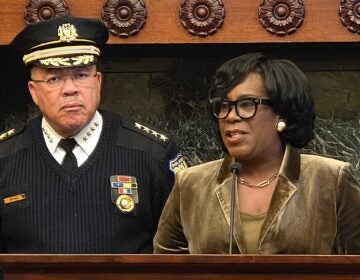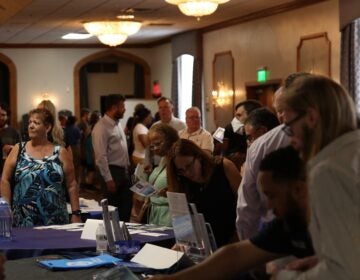Wedding over, crisis continues. Gold, silver soar.
I enjoyed the elegant distraction of the royal wedding of Prince William and Kate Middleton, which was greatly enhanced by the technical advance of high-definition TV. But now the party’s over, and we can resume our defensive crouching positions as we brace ourselves for further effects of the continuing economic crisis: price inflation especially for gasoline, funding shortfalls and layoffs for public schools, benefit cuts and confrontation for public employees, and political battles and gridlock over government debt, taxes, social services, and everything else.
Here’s a measure of how serious the economic crisis has become: We are now bombarded by “We Buy Gold!” and “Sell Us Your Gold!” advertising. Gold buyers are springing up like bamboo shoots after a spring rain (to use a Chinese analogy). Good thing there’s a lot of vacant commercial space for them to rent cheaply to set up shop!
Until 1971, the price of gold was fixed by the U.S. government at $35 per ounce. Or put another way, the U.S. dollar was fixed at one thirty-fifth of an ounce of gold. President Nixon broke the link between the U.S. dollar and gold, and the gold price spiked by 1981 to nearly $600 per ounce. The price of gold spiked above $1000 per ounce in March 2008 and again in February 2009.
On April 29, 2011, gold closed at a price of $1563 per ounce. Or put another way, the U.S. dollar is now worth about one sixteen hundredth of an ounce of gold. That’s the wholesale price that big traders use among themselves. If you’re selling gold, you’ll get less. And if you’re buying gold, you’ll pay more.
The rise in the price of silver has been almost as dramatic. Senior citizens will remember that until 1965 silver was considered so cheap that U.S. dimes, quarters, and half dollars were minted in 90% silver, and U.S. paper money was redeemable in silver.
Today the silver in one of those dimes is worth about $3.48. A silver quarter is worth $8.70. And a silver half dollar, which was a common circulating coin back then, is now worth $17.40. An ounce of silver trades today at around $48 per ounce. Again, those are wholesale prices. A retail seller gets less, and a retail buyer pays more, which is how the gold and silver dealers make their profits.
High precious metals prices, and the correspondingly high measures of “We Buy Gold!” advertising, are further signs of a deepening economic crisis. More and more investors are dumping their U.S. dollars. They don’t want to hold European euros or Japanese yen either, because of the economic crises in those countries.
My Temple University colleague, psychology professor Frank Farley, has always insisted that economics is just a different label for psychology. If he’s right, and I think he is, the price level of precious metals is a barometer we can use to measure many things, not just our economic condition, but also our emotional well-being, and the political future of our elected leaders.
WHYY is your source for fact-based, in-depth journalism and information. As a nonprofit organization, we rely on financial support from readers like you. Please give today.




